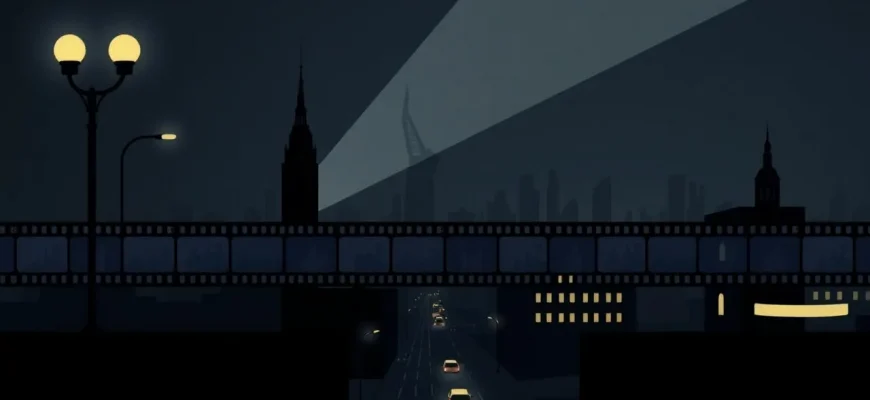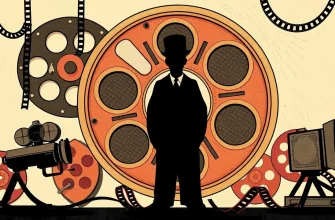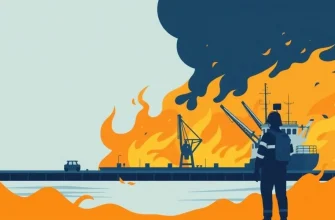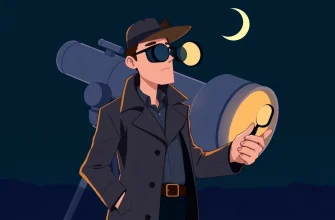The 1940s and 1950s were a golden era for cinema, producing films that have stood the test of time. This collection showcases ten films that not only defined the era but continue to captivate audiences with their storytelling, innovation, and cultural impact. From film noir to epic dramas, these movies offer a glimpse into the past while remaining relevant today.
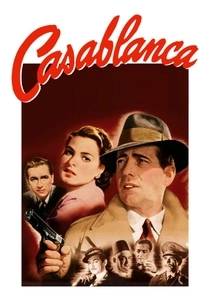
Casablanca (1942)
Description: A timeless classic, "Casablanca" is a romantic drama set during World War II, known for its unforgettable lines and the chemistry between Humphrey Bogart and Ingrid Bergman. Its blend of romance, political intrigue, and moral dilemmas makes it a must-watch.
Fact: The film was shot in the midst of WWII, and many of the extras were actual refugees. Also, the script was still being written during filming, leading to some improvisation.
 Watch Now
Watch Now 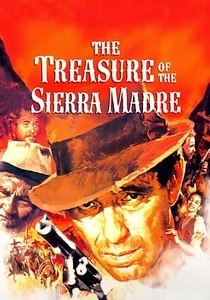
The Treasure of the Sierra Madre (1948)
Description: John Huston's adventure film about gold prospecting in Mexico delves into themes of greed and human nature. Humphrey Bogart's portrayal of a paranoid prospector is unforgettable.
Fact: The film was shot on location in Mexico, and the dialogue was translated into Spanish for authenticity. It won three Oscars, including Best Director for Huston.
 Watch Now
Watch Now 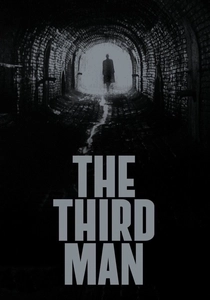
The Third Man (1949)
Description: This British noir film, set in post-war Vienna, is famous for its atmospheric cinematography and the iconic zither score. Orson Welles delivers a memorable performance as Harry Lime, a character who embodies the moral ambiguity of the time.
Fact: The film's famous sewer chase scene was shot in real sewers, and the zither music was chosen because it was a popular instrument in Vienna at the time.
 Watch Now
Watch Now 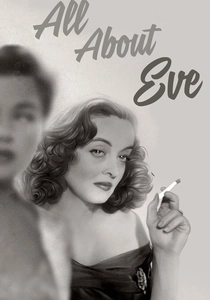
All About Eve (1950)
Description: A sharp, witty drama about ambition and betrayal in the theater world, "All About Eve" features Bette Davis in one of her most iconic roles. Its dialogue and performances are still celebrated for their sophistication.
Fact: The film won six Academy Awards, including Best Picture, and the character of Eve Harrington was inspired by real-life events involving actresses.
 Watch Now
Watch Now 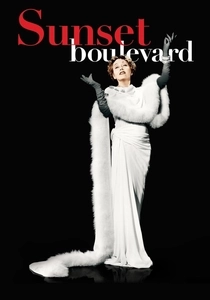
Sunset Boulevard (1950)
Description: A biting satire on Hollywood, "Sunset Boulevard" tells the story of a faded silent film star and her descent into madness. Its dark humor and commentary on the film industry make it a standout piece of cinema.
Fact: The film was nominated for 11 Academy Awards, winning three, including Best Screenplay. Gloria Swanson, who played Norma Desmond, was herself a silent film star.
 Watch Now
Watch Now 
A Streetcar Named Desire (1951)
Description: Based on Tennessee Williams' play, this film explores the clash between the fragile, fading Southern belle and her brutish brother-in-law. Vivien Leigh and Marlon Brando give career-defining performances.
Fact: The film was initially censored for its themes and language, but it still managed to win four Academy Awards, including Best Actress for Leigh.
 Watch Now
Watch Now 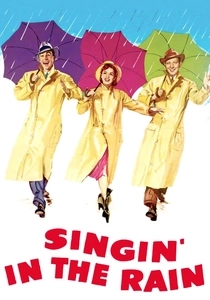
Singin' in the Rain (1952)
Description: This musical comedy captures the transition from silent films to "talkies." Its infectious energy, memorable songs, and Gene Kelly's iconic dance in the rain make it an enduring favorite.
Fact: The famous rain scene was filmed over several days, and Kelly was sick with a fever during the shoot. Also, the film was not a box office success upon release but has since become a beloved classic.
 Watch Now
Watch Now 
On the Waterfront (1954)
Description: Marlon Brando's performance as a dockworker confronting corruption is one of the most powerful in film history. The movie's gritty realism and themes of redemption resonate deeply.
Fact: Brando improvised the famous "I coulda been a contender" line, which was not in the original script. The film won eight Academy Awards, including Best Picture.
 Watch Now
Watch Now 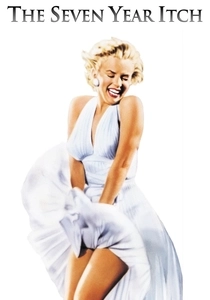
The Seven Year Itch (1955)
Description: Known for Marilyn Monroe's iconic white dress scene, this comedy explores the fantasies of a man whose wife is away for the summer. Its humor and Monroe's charm make it a light-hearted classic.
Fact: The famous scene where Monroe's dress is blown up by the breeze from a passing subway train was filmed on location in New York, causing a huge crowd to gather.
 Watch Now
Watch Now 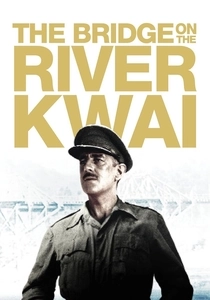
The Bridge on the River Kwai (1957)
Description: This epic war film about British POWs forced to build a bridge for their Japanese captors during WWII is both a study in character and a thrilling narrative. Alec Guinness's portrayal of Colonel Nicholson is particularly notable.
Fact: The film was shot in Sri Lanka, not Thailand, where the real bridge was located. It won seven Academy Awards, including Best Picture and Best Director for David Lean.
 Watch Now
Watch Now 
